Resistance
The First Nations people of Australia sought to negotiate with the invading British. These approaches were recorded in colonial government papers, official journals and diaries; and are recorded in dance, song and artworks handed down over the centuries amongst First Nation peoples. The offers were largely ignored or ‘misheard’, and the structure of colonisation continues to impede Indigenous lives.
Resistance took the form of combat from the first arrival of British ships under Phillip in 1788. Objections to land grabs and the new living conditions forced upon the local people were expressed in frontier wars, and formal letters, petitions for justice, and proposals sent to the colonial authorities for a negotiated treaty.
1796 Bennelong writes to Governor Philip requesting clothing.
1829 Chief of the Caddie people appeals to Governor Gipps for assistance with a boat in order to earn a living.
1840-1863 Gunditjmara people southwest of Melbourne resist British settlers during 23 years of conflict, later known as the Eumeralla wars.
1846 The Pallewa of Flinders Island petition Queen Victoria not to send the violent Superintendent Jeaneret back to their community.
1933 Joe Anderson, King Burraga, makes a film demanding recognition for Aboriginal people, representation in the Federal parliament and ‘the right to live’. It is distributed nationally by Cinesound News.
1937 Yorta Yorta elder William Cooper, Secretary of The Australian Aborigines’ League gathers 1,814 signatures to petition King George VI for an Aboriginal representation to parliament, for citizenship, and land rights. Cabinet papers note that the authorities decline to pass the petition to the King.
1938 A Day of Mourning is declared on the 150th anniversary of Cook’s landing in Australia whereby First Nations people ‘protest against the callous treatment of our people by the whitemen during the past 150 years, and we appeal to the Australian nation of today to make new laws for the education and care of Aborigines, we ask for a new policy which will raise our people to full Citizen status and equality within the community’.
1965 Freedom Ride led by Charlie Perkins and other students to draw attention to the prejudice in the towns through the state of New South Wales
1966 Gurindji stockman Vincent Lingiari leads domestic workers and stockmen in a strike for equal pay and working conditions at Wave Hill Station – owned by UK Vestey Group.
1967 A fully supported Referendum amended the Australian Constitution to count First Nations people in the national census, acknowledging Aboriginal and Torres Strait Islanders for the first time as members of the Australian population. It also gave the Federal Government of Australia the power to legislate for Aboriginal and Torres Strait Islands people. The seven states had made separate and different legislation to this point.
1972 Larrakia Petition to Queen Elizabeth
1972 Aboriginal Tent Embassy established in Canberra, the Australian Capital Territory, to campaign for land rights and recognition
1988 Barunga Statement
1992 Mabo decision made overturning terra nullius and recognising prior title to the lands and seas
2008 Apology to Stolen Generations made by Prime Minister Rudd. Between 1910 and 1970 Australian government authorities forcibly removed children of Aboriginal and Torres Strait Island descent from their families incarcerating them in institutions such as church missions
2017 Uluru Statement from the Heart
Please note this is not intended as a comprehensive chronology of resistance.
1972, Larrakia petitioners letter to Queen Elizabeth II
Warriors:
Pemulwuy, a Bidjigal leader, speared the Governor’s game hunter December 1790. Pemulwuy led warriors in the Battle of Parramatta Shot and killed 2 June 1802. His decapitated head was preserved and sent to Joseph Banks in London.
Windradyne, a Wiradjuri resistance fighter, fought in the Bathurst War in 1824.
Yagan, son of Noongar elder Midgigoroo, was detained for a reprisal spearing in 1832 but escaped. He was killed in 1833. Yagan’s head was taken to the Liverpool Museum in 1883 and brought home by Elders in 1997.
Jandamarra, a Bunuba warrior, led other resistance fighters in the Battle of Windjina Gorge. He died from gunshot in 1897and his head was sent to Britain to the collector and gunmaker William Greener.
Tarenorerer (aka Walyer) was a strategic and charismatic warrior in Tasmania. She was a Palir-Leke-Liller-Plue resistance fighter who used firearms against the sealers and colonists who enslaved Aboriginal women. Tarenorerer died in 1831 of influenza.
